Key Takeaways:
- Comprehending network visualization is indispensable for modern IT infrastructure management.
- Digital visualization tools empower IT professionals with real-time data and analytics for superior network oversight.
- Developments in network visualization are ushering in a new era of efficiency in IT operations.
- Adapting network visualization demands strategic preparation and adherence to industry best practices.
- Network visualization will be crucial in fortifying network security as technology advances.
Table of Contents
The Significance of Network Visualization in Modern IT
In today’s vast information technology landscape, network administrators grapple with the complexities of large-scale network environments. With such intricate architectures, finding intuitive ways to manage, troubleshoot, and optimize these systems is paramount. Enter network visualizer software, an innovative solution that converts convoluted network data into explicit graphical representations and simplifies network management’s daunting task.
When IT professionals are equipped with visual depictions of network performance and health, they can intuitively navigate the digital landscape to identify and address issues. This immediate visual feedback accelerates decision-making, particularly when rapid responses are required. Network visualization tools enable a multidimensional view that integrates various network components and activities into one coherent picture, especially in situations that call for cross-departmental collaboration and communication.
One must recognize network visualization’s additional benefits to planning and growth strategies. These tools provide an invaluable reference for forecasting future requirements and expansions by illustrating the current network state. This preemptive planning is essential to maintain system resilience, especially in high-stakes environments where network downtime is not an option.
Key Features of Advanced Network Visualization Solutions
Today’s network visualization tools have potent features that transcend traditional network management capabilities. At the heart of these solutions lies real-time monitoring that tracks network activity as it unfolds, allowing for an immediate visual snapshot of operations. Dynamic topology maps enhance this experience by intelligently adapting to network changes, thus providing up-to-the-minute accuracy for network administrators.
Visual analytics break down complex data into actionable insights through graphical interfaces, streamlining the troubleshooting process by making it more intuitive. Network administrators can leverage these insights to swiftly isolate and resolve malfunctions, utilizing less time and fewer resources than conventional methods. Network solutions that embrace scalability are beautiful, as they can grow with an expanding network infrastructure without sacrificing performance or reliability.
Another cornerstone is automation—which, when implemented in network visualization, can automate repetitive monitoring tasks. This increases network management efficiency and allows the IT staff to dedicate more time to strategic initiatives and complex problem-solving. The fusion of such features into visualization platforms exemplifies the strides taken towards creating sophisticated toolsets that cater to the evolving needs of modern networks.
Comparative Analysis: Traditional vs. Contemporary Network Management Techniques
The juxtaposition of traditional network management with its modern counterpart is revealing. Traditionally, network management was akin to navigating a labyrinth through command-line interfaces and the perusal of verbose logs—incredibly time-intensive and error-prone exercises. With the advent of visualization tools, these older methods are replaced with more agile and insightful approaches. A graphical user interface enables a more cohesive view of the network’s operational characteristics, abstracting the inherent complexity and translating it into user-friendly visual formats.
Visualization-based network management outstripped its predecessor in terms of both speed and precision. Network administrators who implement visual tools can respond to incidents with a newfound agility, and this rapidity, coupled with enhanced diagnostic accuracy, elevates whole teams to new levels of productivity. Published case studies span many sectors, showcasing how substituting traditional tools with advanced visualization technologies yields significant improvements in operational efficiency.
Infrastructure resilience and visibility are more critical than ever in the current climate of relentless digital transformation. Visualization tools are paving the way for networks to become more adaptable and transparent, rapidly becoming an indispensable aspect of contemporary networking. This transformation represents a broader industry trend that continues to gain momentum as businesses recognize the necessity of keeping pace with technological advancements.
Adopting Network Visualization: Steps for IT Professionals
Success in adopting network visualization starts with a candid assessment of organizational needs and an inclusive understanding of the prevailing network infrastructure’s complexities. Pinpointing specific operational pain points can illuminate areas where visualization tools can deliver the most impact. Following identifying needs, tactful planning for integrating visualization solutions is critical. It requires mapping how current systems interact with new visualization tools and tailoring the integration process to minimize disruption.
Best practices in adopting visualization technology are pivotal to sidestepping common adoption traps. These include ensuring that all relevant personnel are proficiently trained, the visualization platform is effectively incorporated into daily operations, and its features are fully utilized to realize maximum benefits. Empowering staff to leverage these visualization tools’ full potential confidently is as much about technological proficiency as it is about nurturing an organizational culture receptive to change and innovation. In doing so, the investment in network visualization becomes justified and a keystone in the organization’s IT strategy.
Maintaining an optimized visual network management system is not a static undertaking. It demands ongoing vigilance, regular software updates, and periodic system audits, all of which ensure that the benefits of network visualization tools are sustained over time. Keeping pace with the natural evolution of network infrastructure and the IT landscape at large is foundational to the lasting success of network visualization endeavors.
Future Trends: The Evolving Role of Visualization in Network Security
Looking to the horizon, the significance of network visualization is likely to increase, particularly in network security. Emerging threats in the cyber landscape necessitate advanced defenses, and through predictive analytics, visualization tools offer the capacity to anticipate and pre-empt potential security threats. These AI-enabled systems can sift through vast amounts of data to detect patterns indicative of cyber threats, thus allowing IT teams to thwart potential breaches before they occur.
With the incorporation of AI and machine learning, network visualization is on the cusp of fostering an evolutionary leap toward self-managing networks. These advanced systems can detect anomalous network behavior in real time and initiate appropriate responses to correct such aberrations. As businesses continue to rely more on their digital infrastructure, the role of sophisticated visualization tools in maintaining robust network security becomes ever more pronounced.
As we forge into an era characterized by rapid technological innovation, the trajectory of network visualization tools is set to steepen. The promise of these tools lies in their potential to transform complex network data into actionable intelligence, bolstering network management and security processes. With the advent of new technologies, the canvas for network visualization will only continue to expand, offering unprecedented opportunities to enhance the manageability and security of complex IT infrastructures.











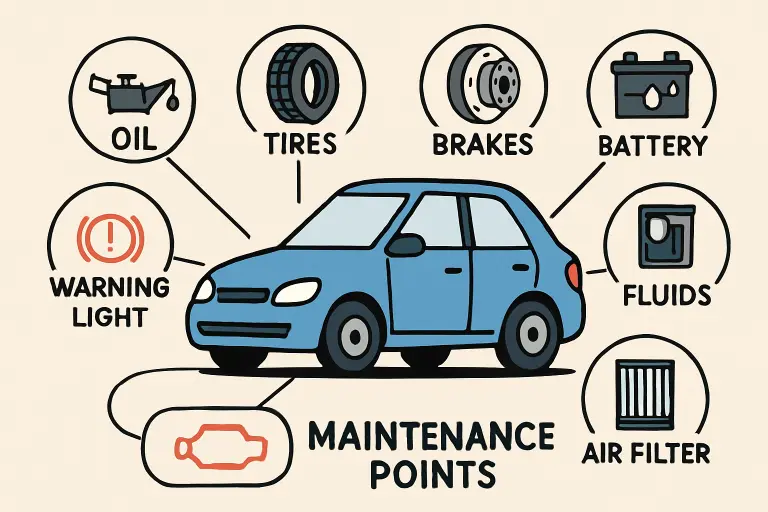













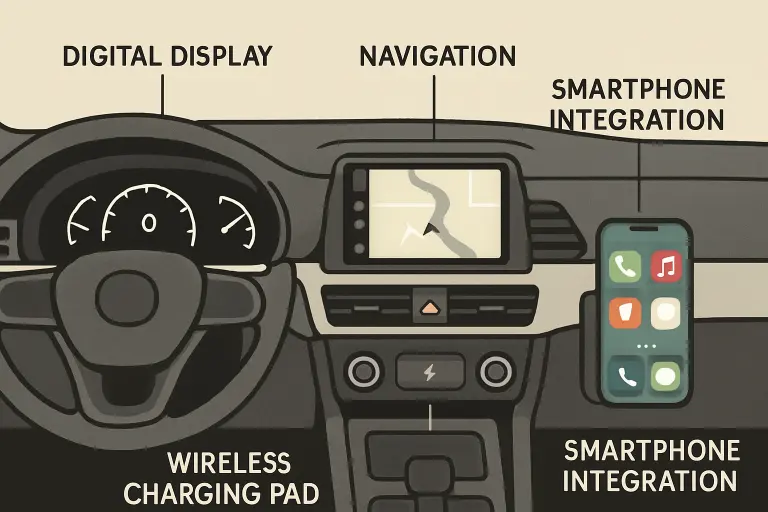










































































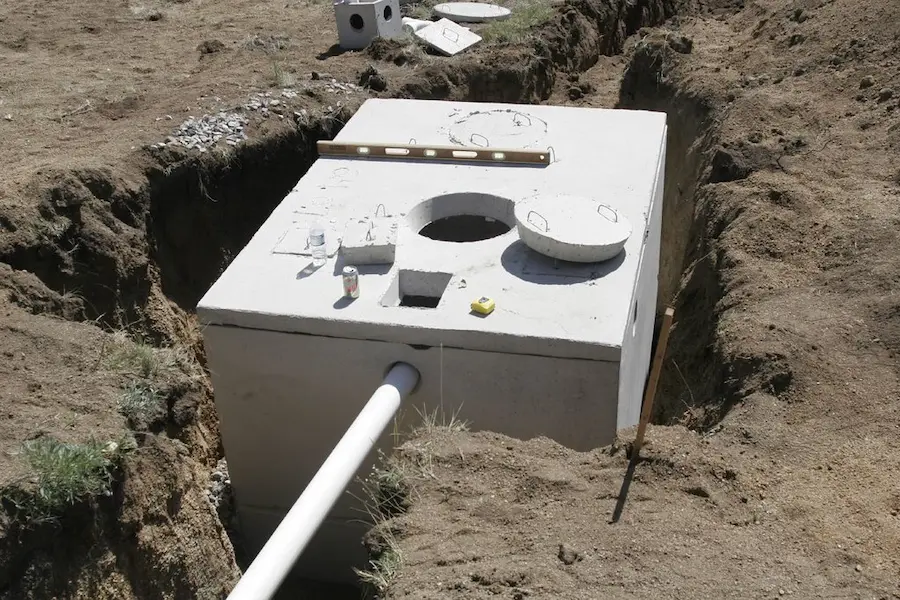


































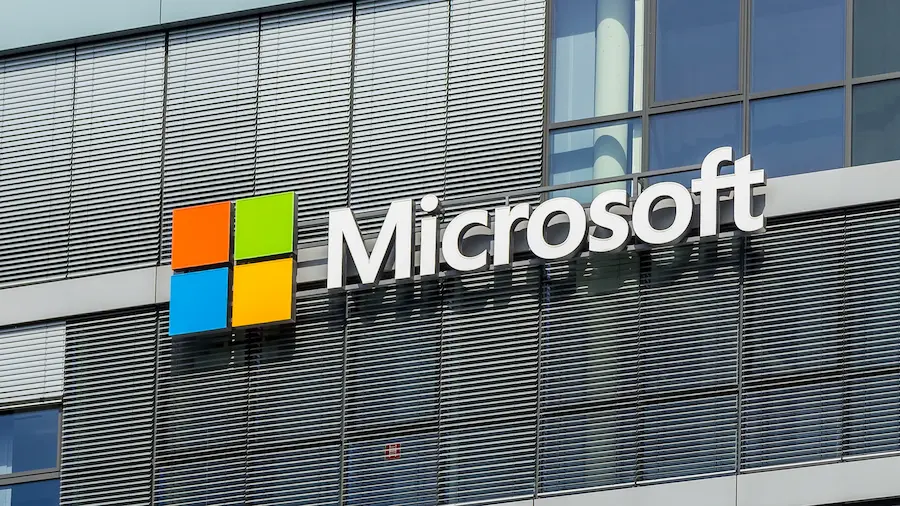









































































































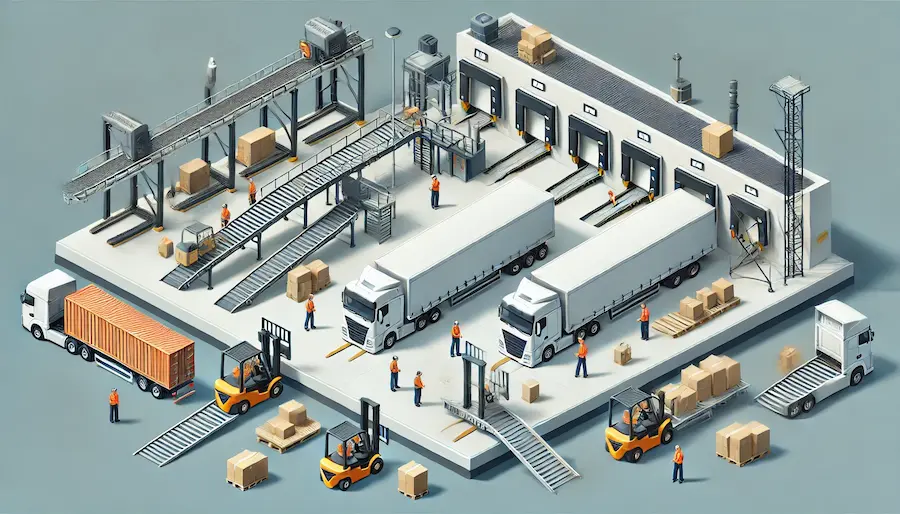









































































































































































































































































































































































































































































































































































































































































































































































































































































































































































































0